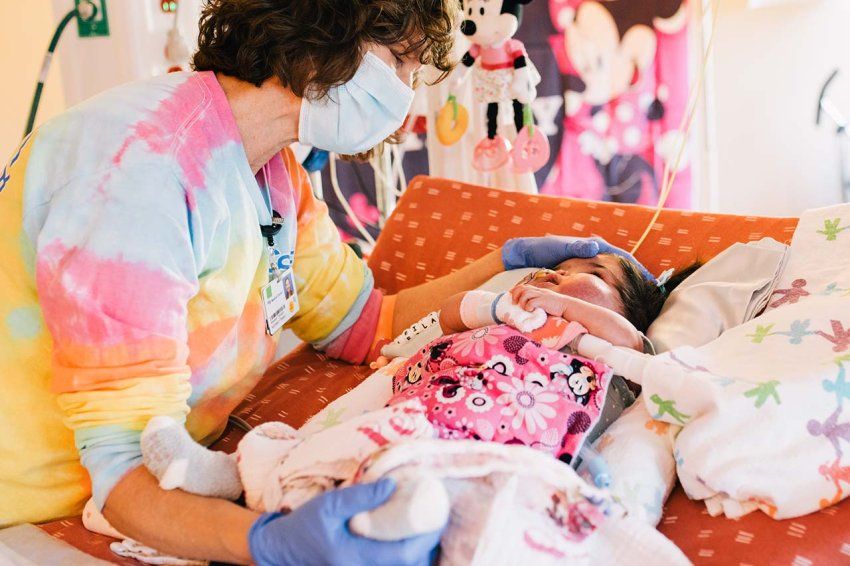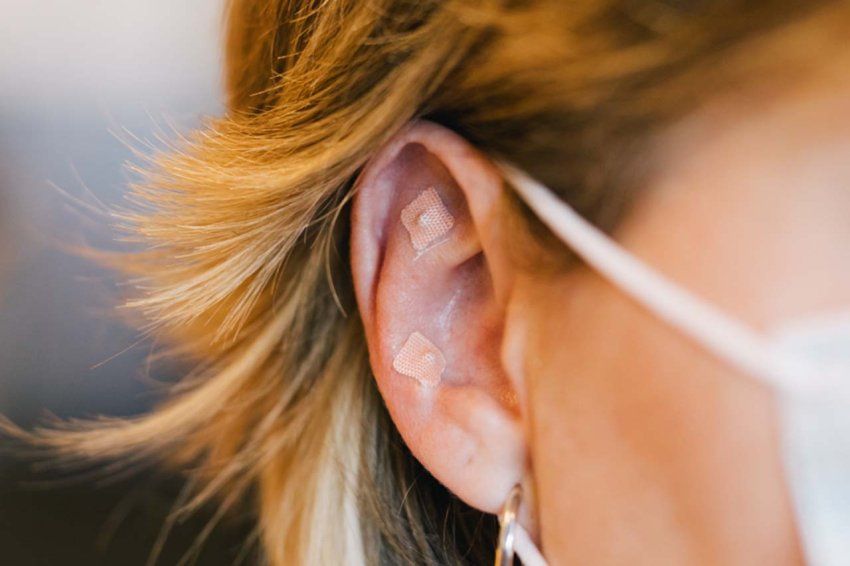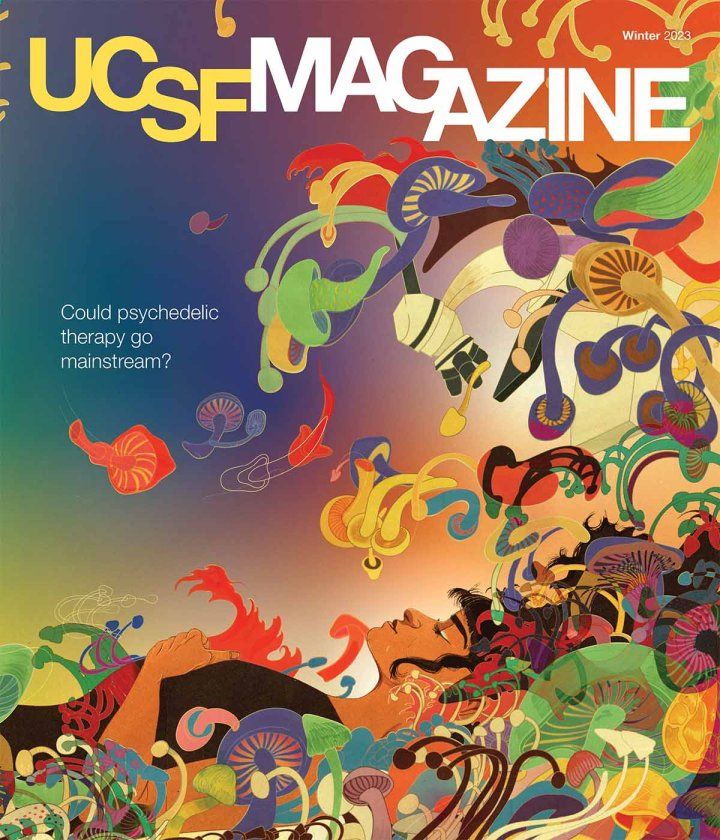Try These Relaxation and Pain Relief Techniques from the Comfort of Home
Experience hypnosis and guided imagery led by UCSF’s Stefan Friedrichsdorf, MD, the world’s foremost expert on children’s pain.
At UCSF’s Stad Center for Pediatric Pain, Palliative, and Integrative Medicine, our pediatricians care for children in pain through a unique combination of conventional medical treatments and complementary, evidence-based therapies. Here are a few approaches you can try at home to ease your little one’s discomfort.
Hypnosis Meditation and Guided Imagery
Hypnosis is a psychological intervention that can augment a child’s coping and reduce anxiety related to pain. It does so by altering the perception of pain through a combination of relaxation techniques, decreased arousal, visual imagery, attention, and/or suggestion.
Deep Breathing
Deep breathing – also known as diaphragmatic breathing – is a relaxation technique that can help a child feel calm, relax, and control their own body’s response to stress, while reducing symptoms like pain and nausea, as well as sleeplessness and fear. It also encourages health and healing.
Progressive Muscle Relaxation
Progressive muscle relaxation can support a child to fall asleep and relax, while also decreasing stress over the course of the day. It can also relieve symptoms such as headaches, abdominal pain, nausea, and musculoskeletal pain.
Acupressure for Infants
Many infants benefit from simple, gentle, healing touch techniques that caregivers can provide safely and effectively at home. These techniques can help babies feel calmer while also supporting their sleep, digestion, breathing, brain development, and weight gain. Try acupressure for infants.

Ear Seed Acupressure
Acupressure seeds can be used to stimulate acupoints – specific locations on the body that can create a therapeutic benefit when stimulated. Ear seeds are safe, gentle, organic seeds from the vaccaria plant that offer the perfect size and shape for this technique. Try ear seed acupressure.






